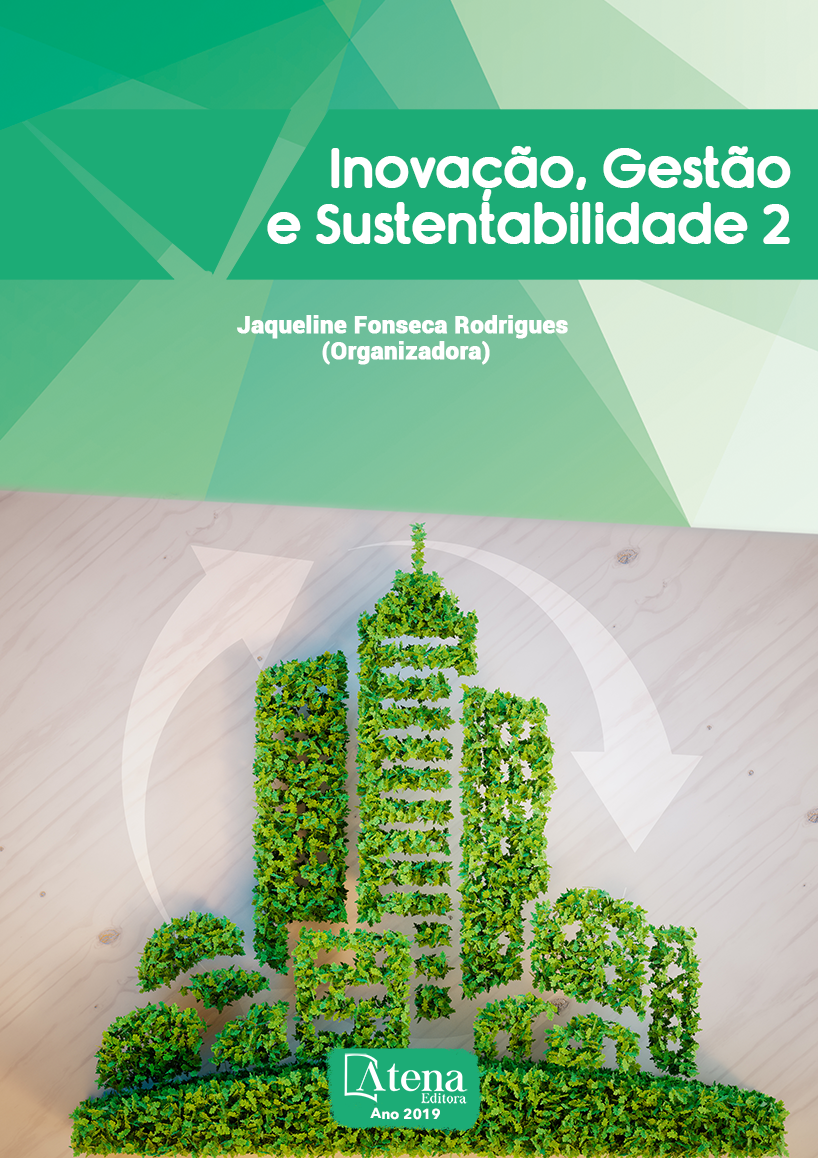
INSTRUMENTOS DE PROPRIEDADE INTELECTUAL NA INDÚSTRIA DE ALIMENTOS: P0SSIBILIDADES NO SEGMENTO DE CAFÉ
O artigo aborda o uso de
instrumentos de Propriedade Intelectual na
indústria de alimentos. No entanto, devido
à amplitude e diversidade, e dos diferentes
estágios de desenvolvimento dos componentes
deste segmento industrial, a análise ocupase especificamente da cadeia produtiva do
café, segmento relevante para o agronegócio
brasileiro. Na elaboração do estudo foram
utilizadas múltiplas fontes de informações, com
ênfase ao uso de dados secundários, pesquisa
bibliográfica e sites especializados, como o
objetivo de identificar os distintos instrumentos
de Propriedade Intelectual utilizados no
segmento, como forma auxiliar para obter
a diferenciação, ferramenta essencial de
inserção e manutenção no mercado. Como
principais conclusões observa-se não só
complementariedade entre os possíveis
instrumentos de PI em diferentes etapas do
processo inovativo, tais como patentes e DI e,
às vezes, a sobreposição, como no caso das
marcas e IG’s. Nesse sentido, a preocupação
quanto à adequação, a complementaridade e a
superposição devem fazer parte de discussões
futuras.
INSTRUMENTOS DE PROPRIEDADE INTELECTUAL NA INDÚSTRIA DE ALIMENTOS: P0SSIBILIDADES NO SEGMENTO DE CAFÉ
-
DOI: 10.22533/at.ed.0541918063
-
Palavras-chave: Propriedade Intelectual, Alimentos, Agronegócio, Café.
-
Keywords: Intellectual Property, Food, Agribusiness, Coffee.
-
Abstract:
The article approaches the use
of Intellectual Property instruments in the food
industry. However, due to the breadth and
diversity, and the different stages of development
of the components of this industrial segment,
the analysis specifically concerns the coffee
production chain, a sector relevant to Brazilian
agribusiness. In the elaboration of the study,
multiple sources of information were used,
with emphasis on the use of secondary data,
bibliographical research and specialized sites,
with the purpose of identifying the different
Intellectual Property instruments used in this
segment, as an auxiliary way to obtain differentiation, an essential tool of insertion
and maintenance in the market. The main conclusions are not only complementarity
between the possible IP instruments in different stages of the innovation process, such
as patents and DI and, sometimes, overlap, as in the case of trademarks and GIs. In
this sense, concern about adequacy, complementarity and overlap must be part of
future discussions.
-
Número de páginas: 15
- Sergio Medeiros Paulino de Carvalho
- Patrícia Pereira Peralta
- Vera Lucia de Souza Pinheiro
- Jaqueline Carolino


